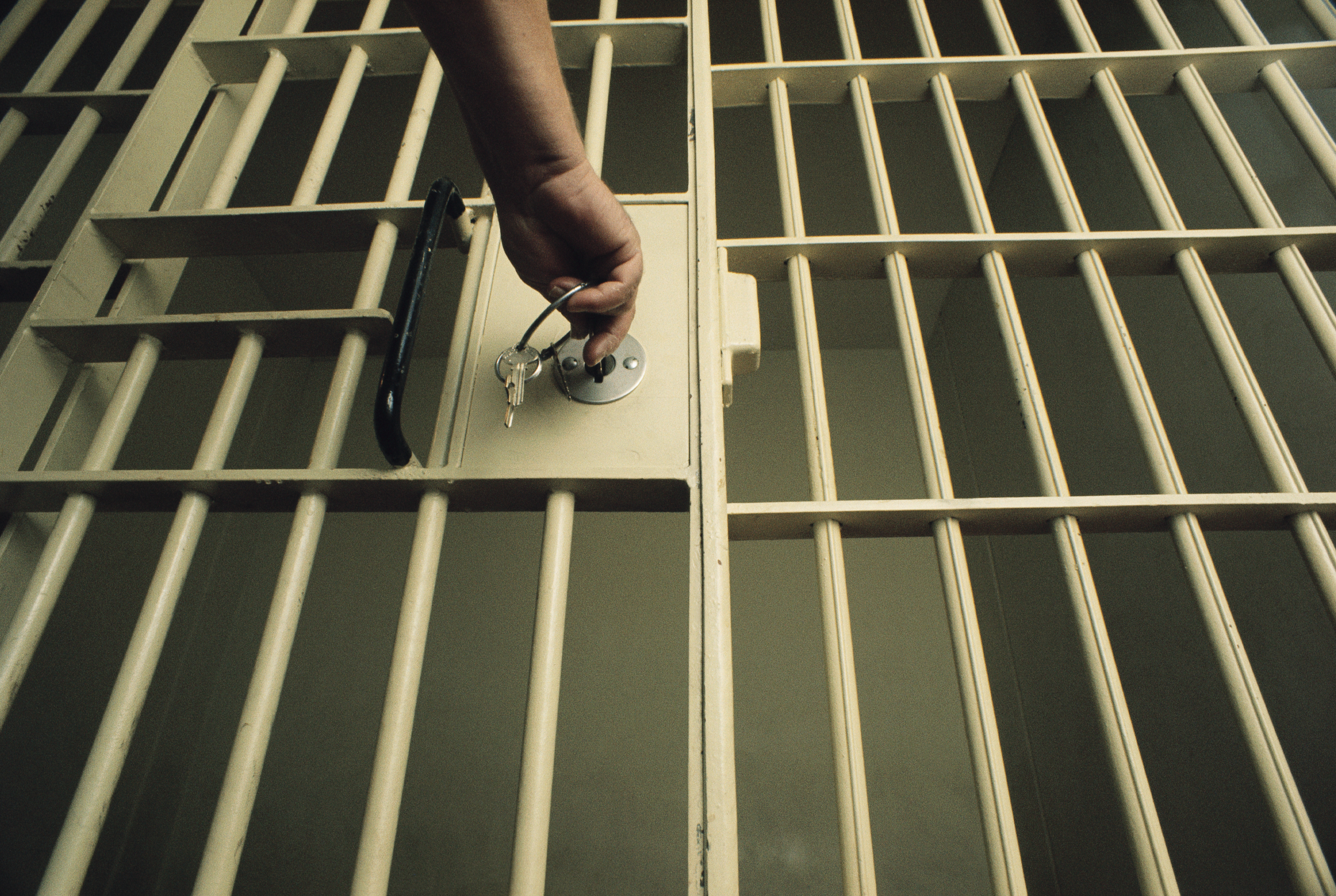Changing a question on last year’s census has resulted in a snapshot of Canada’s transgender population, with data released Wednesday showing 0.33 per cent of the country’s 38.3 million people identify as a gender that differs from the sex they were assigned at birth.
For the first time, Statistics Canada differentiated between ``sex at birth″ and ``gender″ in the census. While the agency and advocates agree the new numbers likely underestimate the true size of the population, they say the data will offer crucial insight into a marginalized community.
The data collected during last year’s national household survey shows about 100,815 people are transgender or non-binary, including 31,555 who are transgender women, 27,905 who are transgender men and 41,355 who are non-binary.
Fae Johnstone, a transgender advocate, said population-level data backing up trans people’s lived experience has thus far been slim, so this new information is important both symbolically and practically.
Get Philly local news, weather forecasts, sports and entertainment stories to your inbox. Sign up for NBC Philadelphia newsletters.
``It says something when our government is recognizing the existence of trans folks who have historically been kept out of these conversations and uncounted,″ Johnstone said. ``But it also is useful to us to better understand how we can focus interventions and address health inequities experienced by trans folks across this country.″
While previous censuses asked only about sex, the 2021 edition asked about both ``sex at birth,″ which it said is ``determined by a person’s biological characteristics,″ and ``gender,″ which it said could differ from what’s indicated on legal documents.
Under ``gender,″ respondents were able to choose either male or female, or write in a third option.
U.S. & World
Stories that affect your life across the U.S. and around the world.
The inclusion of transgender people in the census is part of a broader move by the Liberal government to be more inclusive of the LGBTQ community.



